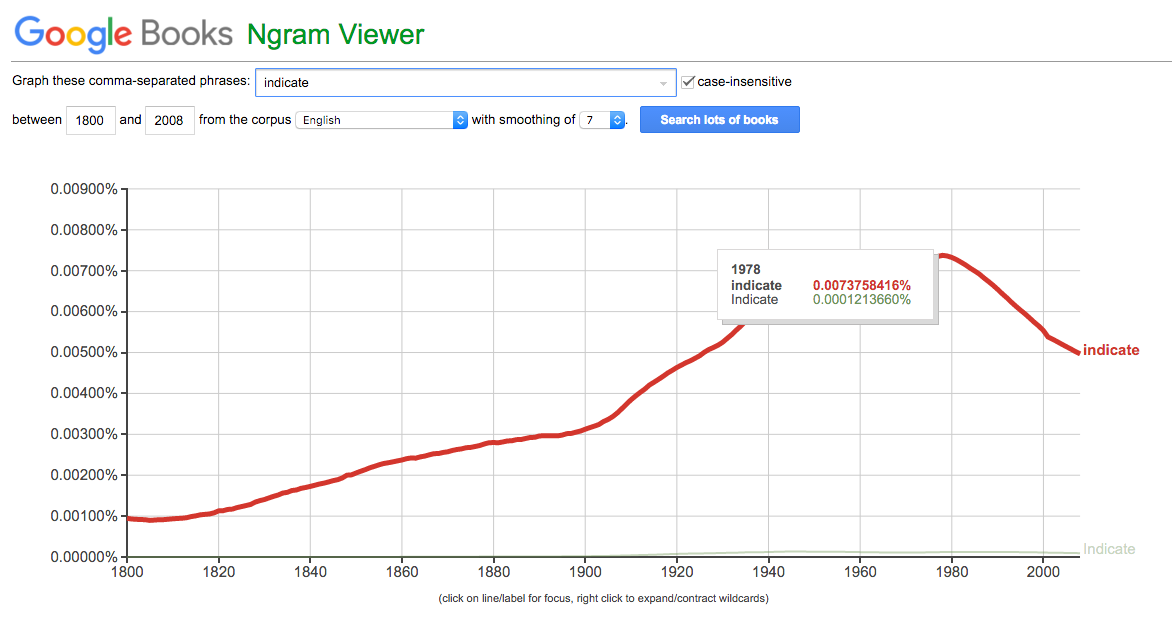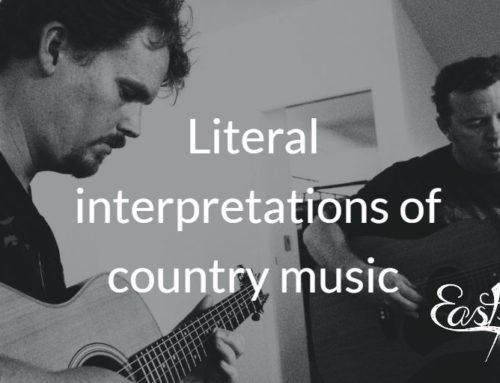Definition: Orange lights at all 4 corners of a car, intended to be used—by blinking the relevant side—to notify other drivers of your intention to turn or change lanes.
Some people consider the use of these optional.
From Latin in– (towards) and decare (make known), indicate entered English in the 17th Century, which was, oh…, over 400 years ago.
However, many people seem greatly perplexed by how they should be used. A popular, if somewhat misguided, technique is to use them as you turn or change lanes, sometimes after cutting in front of another car and slamming on your brakes. Others are fans of giving them a solitary flash—like a little salute—after they’ve begun their turn. I guess they’re trying to conserve their indicator fluid… While others, still, like to leave 1 on permanently, flashing away as they drive down the highway, perhaps to keep time with music played at bowel-rupturing volume?
Hey, Dave?
Whaaat?
Hey, Dave!
Whaaat?
Hey, Dave! What’s that light flashing on the dash next to the red triangle with the exclamation mark in it?
Whaaaat?
My personal favourite is when stopped at a red light, people wait for the light to turn green before signalling their intention to turn across oncoming traffic, while cars are waiting behind them to continue down the road. Ah! Got me! I’ll just wait for the next green light then, I say… Or something like that…
A rare, and mystifying, use—and I appreciate that people are at least trying—is the old indicate-in-the-opposite-direction-to-the-one-you-intend-to-travel technique. This is most often seen on roundabouts, which tend to baffle many people.
OK, I’m turning right, so that means I put on my left indicator, doesn’t it? Ahhhh… Go go go! Be confident!
I once had a guy—in a Camry—drive into the side of my car when I was very clearly, you know, right next to him; as in ‘where he would have seen me, had he looked in the direction he intended to travel’.
He did not indicate.
I saw him coming and swerved away, but he was committed.
I pulled up on the median, gritted my teeth, and walked back to where he had stopped his car in the middle of the roundabout (to the clear—and expressed— joy of other road users).
‘So, what happened there?’, I asked.
‘I tried to turn left, and you were in the way.’
‘I see. Um, you know you can’t turn left from the right lane?’
‘Yes, you can.’
‘Well, technically, I guess it is physically possible within the laws of space and time, but, you know, not within the laws of Queensland. Where we are.’
‘Yes, it is.’
‘OK, let’s look for some other clues. Do you see that bit of road over there? The 2 lanes where we entered the roundabout? Where we were sitting side by side, before you decided to drive into me?’
‘…’
‘Can you see those big white arrows painted on the road?’
‘Yes.’
‘Which way do they point?’
‘Look, I don’t see what you’re getting at…’
…
As you can see from the Google NGram graph above, usage of indicate has been dropping since 1978—the year that I was born. (Coincidence?) Perhaps this is to blame? People don’t see the word much, and get all out-of-sight-out-of-mind-y?
Actually, I can think of a few more reasons…








[…] the speed limit or slowing down and then indicating a second before they turn (It’s called an indicator because you’re supposed to indicate what you’re going to do before you do […]